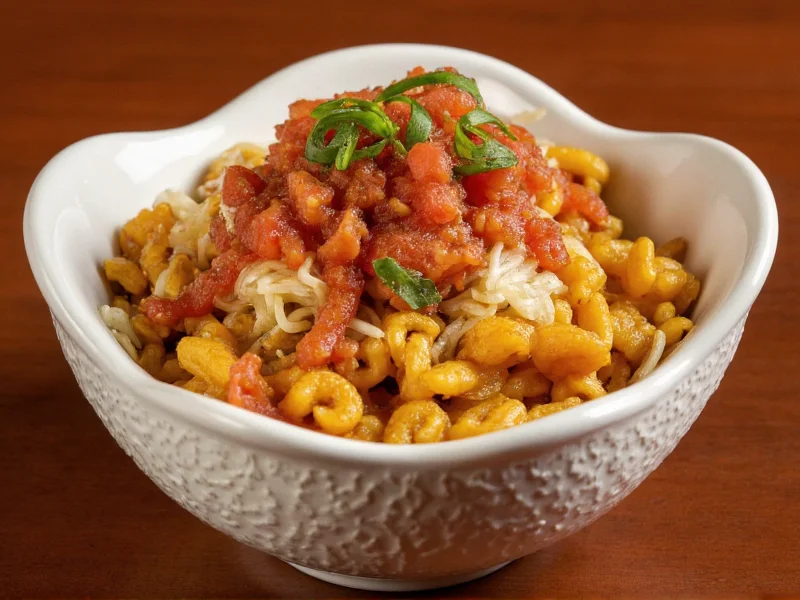Understanding the distinction between Cajun and Creole cooking remains one of the most frequently misunderstood aspects of Louisiana culinary tradition. Many people use these terms interchangeably, but they represent two distinct culinary traditions with unique histories, ingredients, and preparation methods that reflect their different cultural origins.
Historical Origins: Two Different Cultural Paths
The story begins in the 18th century when French colonists settled in Acadia (now Nova Scotia, Canada). When the British expelled them in the 1750s, many Acadians migrated to rural areas of south Louisiana, bringing their rustic French cooking techniques. This became Cajun cuisine—a practical, resourceful cooking style developed by farmers and hunters using available ingredients.
Meanwhile, Creole cuisine developed in urban New Orleans among a more diverse population including French and Spanish colonists, African slaves, Caribbean immigrants, and Native Americans. The term "Creole" originally referred to people born in colonial Louisiana regardless of race. This cosmopolitan environment created a more sophisticated culinary tradition that incorporated ingredients from global trade routes.
| Characteristic | Cajun Cuisine | Creole Cuisine |
|---|---|---|
| Origin | Rural Acadian settlers (French exiles) | Urban New Orleans (diverse cultural mix) |
| Tomatoes | Rarely used traditionally | Common ingredient |
| Roux | Dark brown, cooked longer | Blonde or medium, lighter color |
| "Holy Trinity" Base | Onions, celery, bell peppers | Onions, celery, bell peppers |
| Stock | Often water-based | Typically stock-based |
| Cultural Influences | Primarily French | French, Spanish, African, Caribbean |
| Typical Setting | Rural, farm-based | Urban, city-based |
Key Culinary Differences You Can Taste
When examining the difference between Cajun and Creole food, the most reliable indicator is the presence of tomatoes. Traditional Cajun cooking rarely includes tomatoes, while Creole dishes frequently feature them. This simple distinction helps identify whether a dish like gumbo or jambalaya follows Cajun or Creole preparation.
The roux also tells an important story. Cajun cooks typically prepare a darker roux, cooked longer until it reaches a deep chocolate brown color. This extended cooking creates complex, nutty flavors essential to authentic Cajun gumbo. Creole roux tends to be lighter—blonde or medium brown—as Creole cooking often prioritizes a smoother, more refined texture.
Another difference appears in the liquid base. Cajun dishes frequently use water, while Creole recipes typically incorporate stock or broth. This distinction affects both flavor depth and final texture of dishes like étouffée or sauce piquante.
Common Misconceptions Clarified
One persistent myth claims "Cajun is country cooking while Creole is city cooking." While there's some truth to this rural-urban distinction, it oversimplifies the complex cultural histories. Another misconception suggests "Cajun is spicy while Creole is mild." In reality, heat levels depend on the cook, not the cuisine type.
Perhaps the most confusing question people ask is "Is gumbo Cajun or Creole?" The answer depends on preparation. A gumbo made with a dark roux, no tomatoes, and chicken or game is typically Cajun. A gumbo with a lighter roux, tomatoes, and seafood like crab or shrimp usually follows Creole tradition. Many modern gumbos blend elements from both traditions.
Modern Evolution and Cultural Significance
Today, the lines between Cajun and Creole cooking have blurred significantly. Chefs throughout Louisiana and beyond freely incorporate elements from both traditions. The "Cajun food craze" of the 1980s popularized these dishes nationally, often misrepresenting them as uniformly spicy.
Understanding what is Cajun cuisine versus what is Creole cuisine matters for cultural preservation. These culinary traditions represent distinct historical experiences—the displaced Acadians who became Cajuns, and the diverse population that created Creole culture in New Orleans. When you know how to tell Cajun from Creole, you honor these different heritage paths.
Practical Guidance for Home Cooks
If you're attempting authentic Cajun cooking techniques, focus on building flavor through the roux and using locally available ingredients. For traditional Creole dishes, pay attention to balanced seasoning and incorporate tomatoes where appropriate. Neither tradition relies on heavy spice levels—the heat comes gradually from carefully added cayenne or hot sauce.
When exploring Louisiana's culinary landscape, remember that both cuisines share the "holy trinity" of onions, celery, and bell peppers as flavor foundations. The differences emerge in how these ingredients are treated and what other elements join them in the pot.











 浙公网安备
33010002000092号
浙公网安备
33010002000092号 浙B2-20120091-4
浙B2-20120091-4